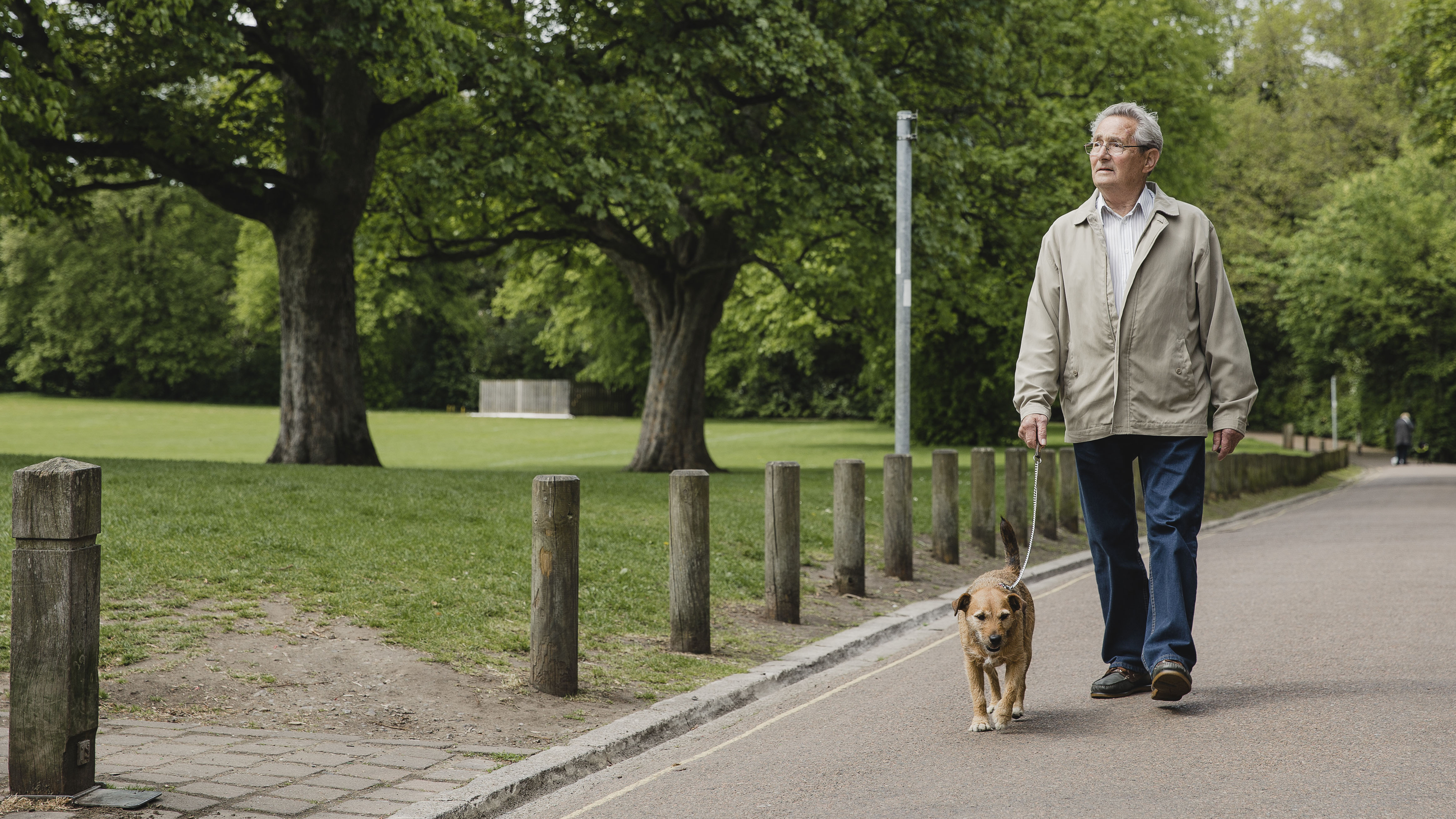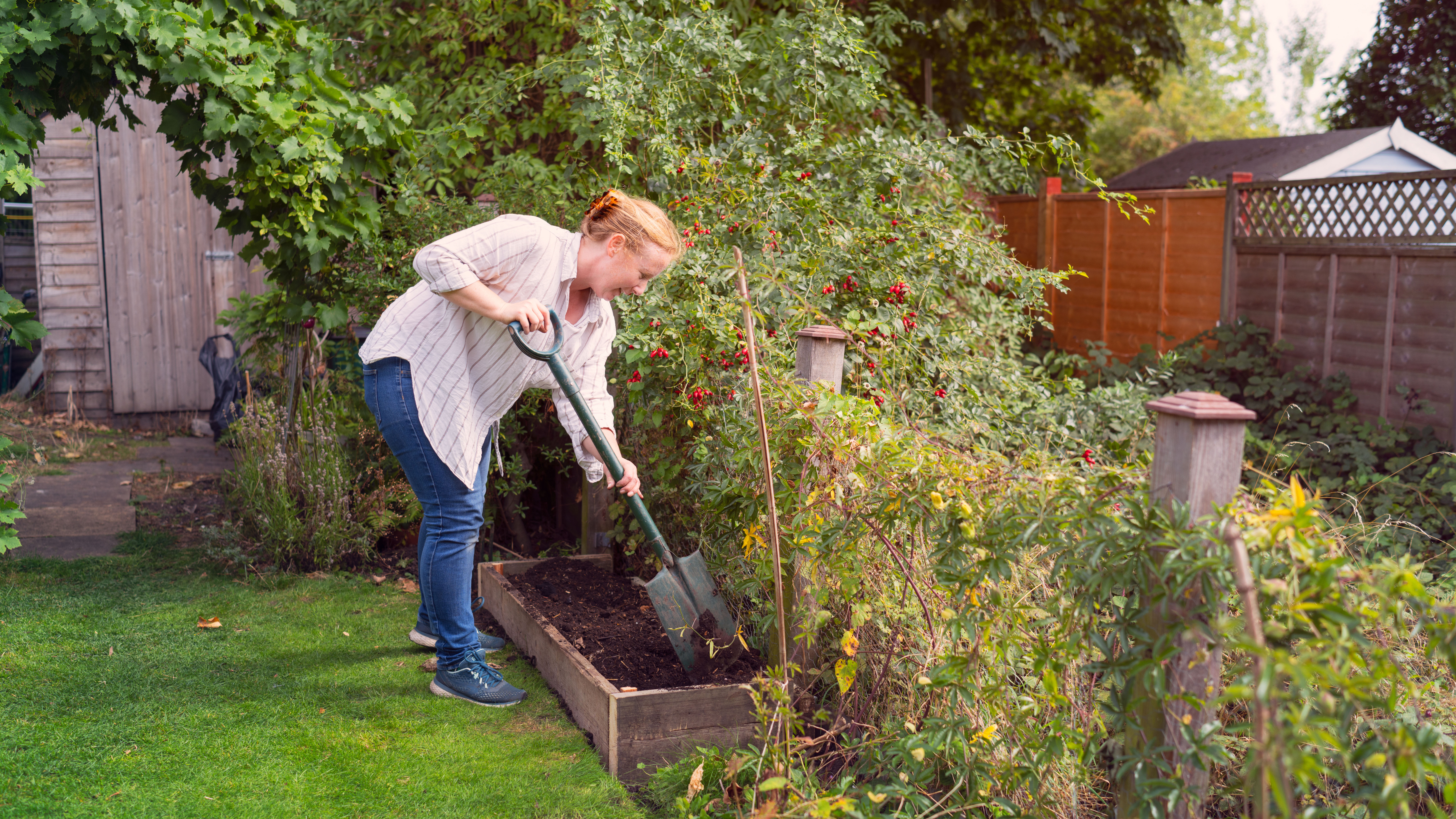Can walking lower blood pressure?
Can walking lower blood pressure? We look at the impact walking can have on blood pressure and examine the evidence behind it

Can walking lower blood pressure? We’ve long known walking has many health and wellbeing benefits, including strengthening our bones and muscles and helping us to maintain a healthy weight and lose body fat. It turns out the walking perks don’t stop there.
Regular physical activity is associated with lower blood pressure and therefore reduced cardiovascular risk. Walking to control your blood pressure, whether in the great outdoors or on one of the best walking treadmills, is easily accessible to most and is no different.
Dr. Mahmoud Al Rifai, a member of the American College of Cardiology who has been involved in multiple studies of cardiovascular risk, tells us: “We frequently advise our patients to engage in moderate-to-vigorous physical activity, and that can include walking.” And it’s not hard to see why.
According to the Centers for Disease Control and Prevention (CDC), hypertension (the more formal term for high or raised blood pressure) affects 47% of people in the US. Furthermore the CDC estimates that only one in four adults with hypertension have their condition under control. Clearly, finding a reliable and consistent way to keep your blood pressure within healthy limits is more important than ever.
Below, you’ll find everything you need to know about walking and its potential role in lowering blood pressure, including how it helps and exactly how much walking you need to do to see positive results.

Dr. Rebecca Breslow is a physician, researcher, and writer. A graduate of Yale University, she did her medical training at Harvard Medical School, Brigham and Women’s Hospital, and Boston Children’s Hospital. She was a practicing physician in academic medicine for 17 years, during which time she authored numerous publications for academic and lay audiences. Currently, she focuses on freelance medical writing and editing to help make medical, health, and wellness information accessible to a broad audience.
Can walking lower blood pressure?
Studies suggest that it can. One systematic review, published in the Database of Abstracts of Reviews of Effects, examined trials conducted on walking and its impact on hypertension. The authors concluded: “There was evidence for the beneficial effects of walking on lowering either systolic or diastolic blood pressure, or both.”

Another review, published in the journal of Preventive Medicine, found evidence to suggest that individuals who take up a programme of ‘regular brisk walking’ improve several known risk factors for cardiovascular disease – including high blood pressure.
The CDC defines systolic blood pressure, the upper number in a blood pressure measurement, as ‘the pressure in your arteries when your heart beats’. The lower number in a blood pressure measurement, the diastolic blood pressure, ‘measures the pressure in your arteries when your heart rests between beats’.
A normal blood pressure level is less than 120/80 millimeters of mercury (mmHg).
How does walking help to lower blood pressure?
According to Dr. Al Rifai, walking decreases the ‘tone of the blood vessels’. He explains: “Blood vessels are surrounded by what's called smooth muscle cells. And these are muscle cells that can contract and relax. And what determines how contracted or relaxed they are, is the amount of sympathetic tone.”
If you increase the tone, you raise blood pressure. If you decrease it, you lower blood pressure. “Walking is thought to decrease the tone of blood vessels,” Dr Al Rifai adds.
How much walking do you need to do to lower blood pressure?
According to the Physical Activity Guidelines for Americans, adults should do 150 minutes of moderate-intensity or 75 minutes of vigorous cardiovascular exercise each week. This might seem like a high number but you can hit this target by exercising for 30 minutes, four-to-five days a week.

Weight lifting, swimming and running lower blood pressure, and walking can have the same effect. In a review of 73 trials published in the Cochrane Library researchers concluded: “Our findings suggest that moderate-intensity walking, three to five times per week, of 20 to 40 minutes duration, and 150 minutes per week for approximately three months could have an effect on lowering blood pressure.”
Another study published in Hypertension Research found good evidence that walking 10,000 steps a day lowered systolic blood pressure in middle-aged male subjects . If you’re looking for an easy way to make sure you’re getting your required steps in each day, check out our guide to the best fitness trackers.
What else can you do to lower blood pressure?
Dr Al Rifai says that the first step to lowering blood pressure is through therapeutic lifestyle interventions. He says: “Being physically active is very important.You can do physical activities, like doing yard work or going up the stairs, and dedicated exercise like jogging, swimming, weightlifting.” Just make sure you have one of the best water bottles with you so that you can stay hydrated during your workout.

Dr. Al Rifai tells us you can also reduce blood pressure by reducing salt intake. A study published in the journal of Electrolytes and Blood Pressure found: “A reduction in dietary salt from the current [global average] intake of 9-12 g/day to the recommended level of less than 5-6 g/day will have major beneficial effects on cardiovascular health.”
Finally, you can reduce blood pressure by losing weight. Dr Al Rifai says: “Weight loss in itself can lead to dramatic reduction in blood pressure.” There is evidence to prove it: in one study published in Hypertension, researchers found that a 1kg loss of body weight was associated with an approximate 1-mm Hg drop in blood pressure.
Additional reading
Sign up for the Live Science daily newsletter now
Get the world’s most fascinating discoveries delivered straight to your inbox.
Becks is a freelance journalist and writer writing for a range of titles including Stylist, The Independent and LiveScience covering lifestyle topics such as health and fitness, homes and food. She also ghostwrites for a number of Physiotherapists and Osteopaths. When she’s not reading or writing, you’ll find her in the gym, learning new techniques and perfecting her form.
- Dr. Rebecca BreslowPhysician, researcher, and writer.











